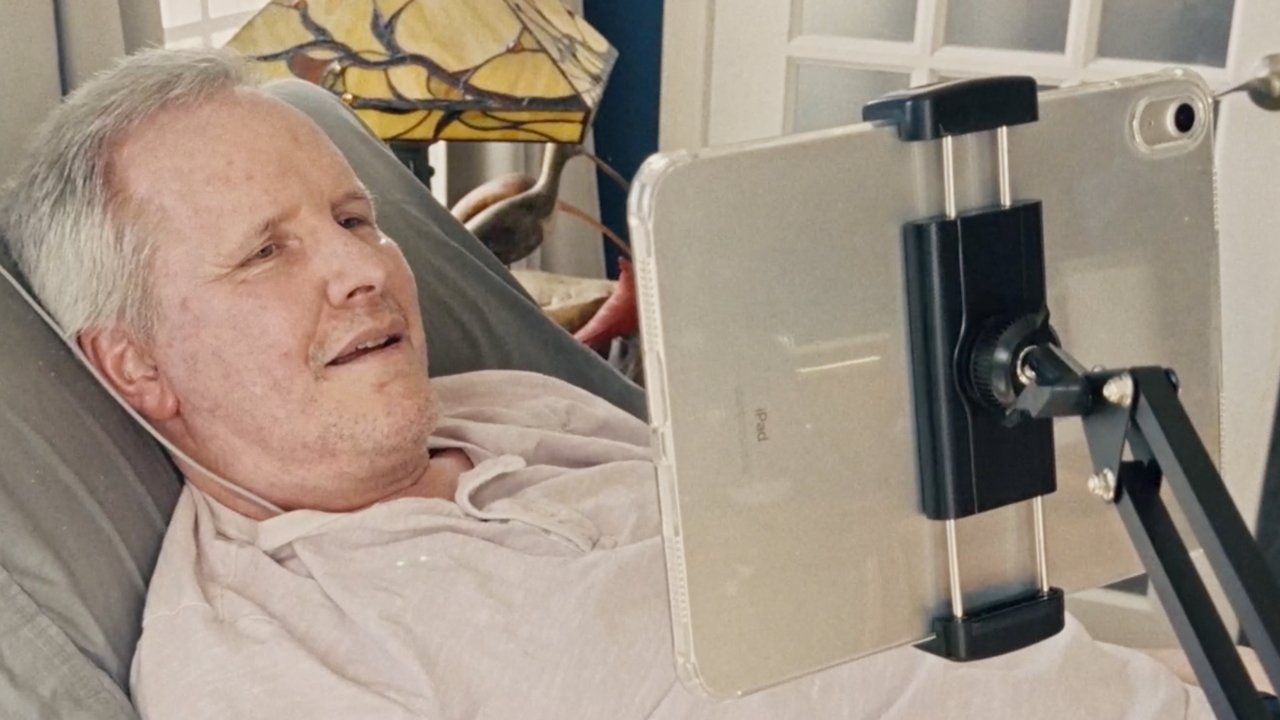Mark Jackson, a patient with amyotrophic lateral sclerosis (ALS), has successfully demonstrated the ability to use an iPad solely through thought control. This groundbreaking display was made possible by Synchron, a medical technology company, which has developed a prototype that utilizes Apple’s innovative Brain-Computer Interface Human Interface Device (BCI HID) protocol.
In a significant advancement for assistive technology, this demonstration highlights the potential for individuals with severe physical limitations to interact with devices through their thoughts alone. The technology operates using a series of standardized controls presented as an application programming interface (API), which developers can adopt to create compatible applications.
Revolutionizing Interaction Through Technology
The introduction of the BCI HID protocol took place in May 2025, marking a pivotal moment in the intersection of technology and healthcare. Synchron first showcased its application with Jackson while he was learning to navigate the Apple Vision Pro headset using the brain interface system. The success of this initial demonstration paved the way for further exploration into thought-controlled devices.
Synchron’s latest demonstration expands on this foundation, presenting an exciting glimpse into the future of assistive technology. During the event, Jackson was able to control the iPad without any physical movement, showcasing how the brain signals can be translated into commands for digital devices. This leap forward underscores the potential for improving the quality of life for individuals with ALS and similar conditions.
Jackson’s experience exemplifies the transformative power of technology in healthcare. As a patient who has faced significant challenges due to ALS, his ability to interact with an iPad through thought control serves as an inspiring testament to the possibilities that advanced technology can bring.
A Future of Possibilities
Synchron’s work, along with the support of Apple’s BCI HID protocol, represents a significant step towards more intuitive and accessible technology for users with disabilities. With further development and refinement, this technology could enable many more individuals to communicate, access information, and engage with their digital environments in unprecedented ways.
As the field of brain-computer interfaces continues to evolve, the collaboration between innovative companies like Synchron and tech giants such as Apple may lead to broader applications, potentially revolutionizing how individuals with physical limitations interact with the world around them. The implications of this technology could extend beyond ALS, offering new avenues for individuals with a variety of neurological and mobility challenges.
The successful demonstration by Mark Jackson not only highlights the current capabilities of thought control technology but also opens up discussions about the future of assistive devices and the profound impact they can have on enhancing independence and communication for affected individuals.
